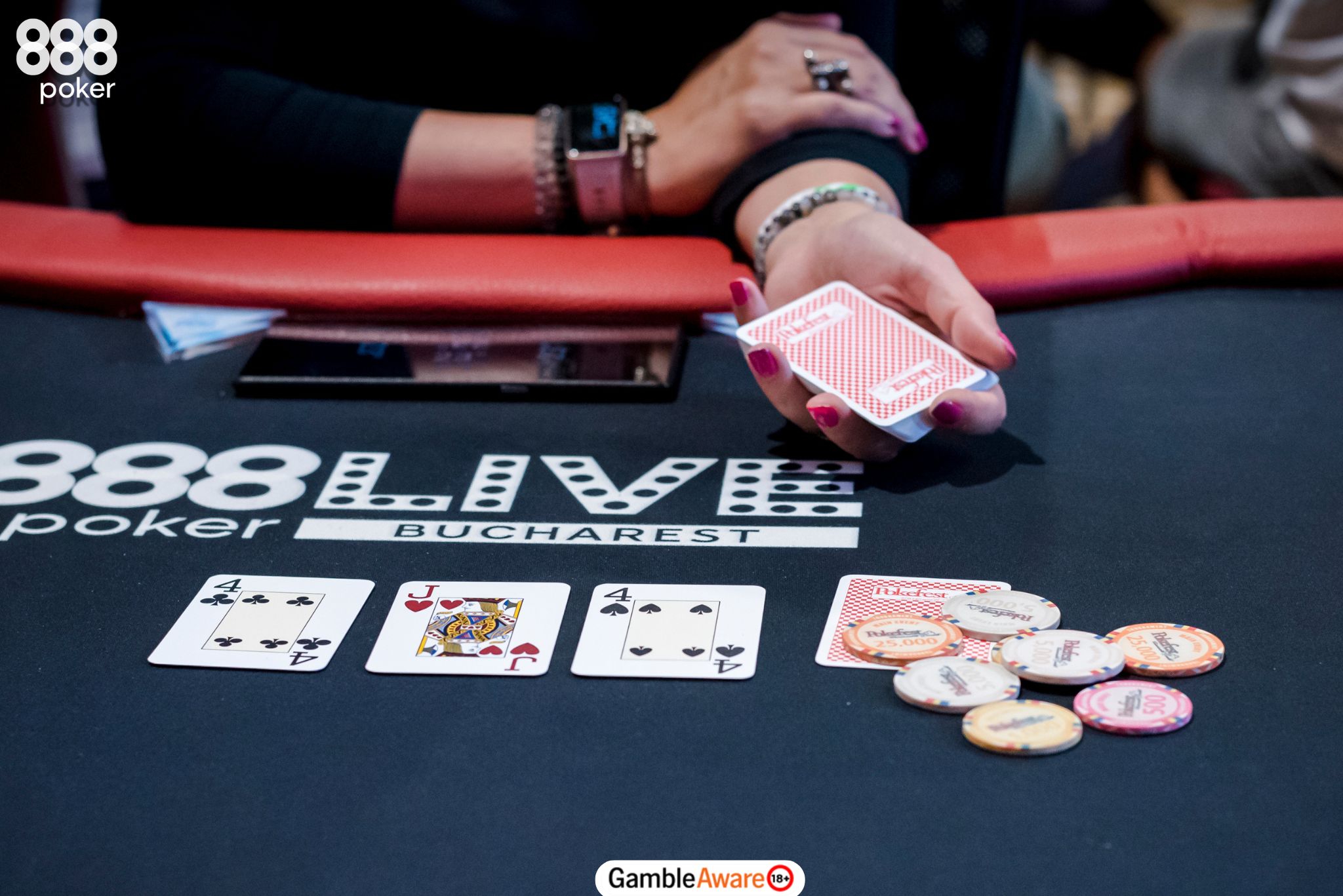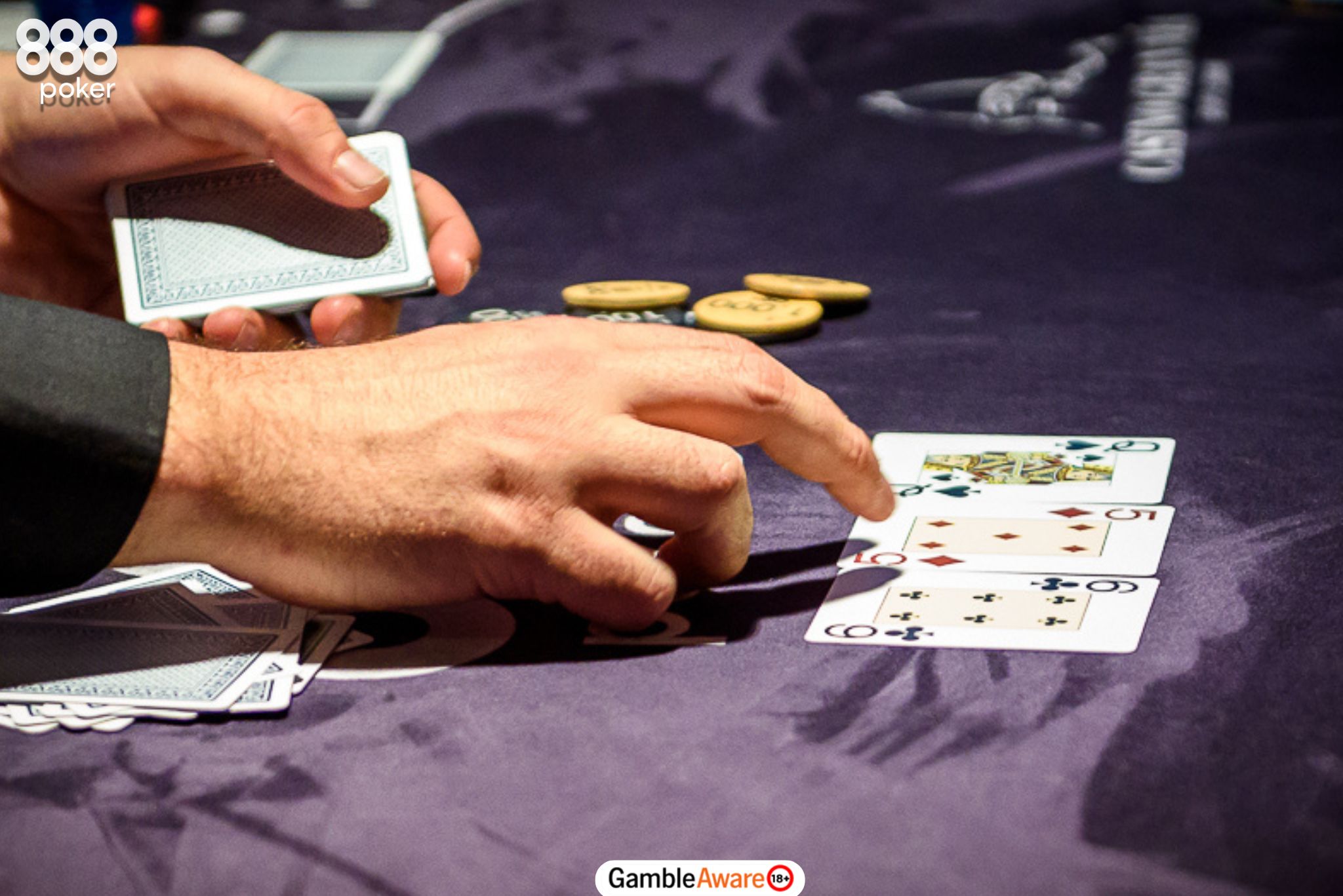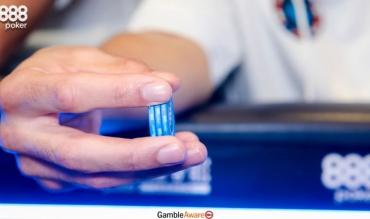Small Blind (SB) cold calling is almost universally misunderstood in poker. The most common advice is to never cold call from the SB when facing an open raise.
It’s possible to play profitably this way when learning how to play poker. However, the advice encourages a significant blind spot when it comes to the value of SB cold calling.
Let’s debunk some SB myths.
Myth #1: GTO Doesn’t Cold Call from the SB
Contrary to popular belief, GTO poker solvers DO have cold calling ranges from the SB.

If that’s the case, how did this myth originate? There are two key factors at work here:
Possible Cause #1 – Exclusion of Cold Call Options
Operating under the belief that SB cold calling is incorrect, players often exclude this option from the game tree when running solver models.
The resultant solve doesn’t cold call from the SB because it doesn’t have the option.
Possible Cause #2 – Failure to Analyse Small Opens
If we consider SB defence against a BTN 3bb open, GTO cold calls less than 1% of the time.
However, when facing a BTN min-raise, the solver calls 6% of the time. It’s easy to assume the SB cold call is bad if we only ever run solves with 3bb open raise sizings.
Myth #2: SB Cold Calling is Bad Because BB Can Squeeze
We should consider the squeezing tendencies of BB when deciding whether to cold call from the SB. However, the solver has a cold calling range despite BB being able to act behind.
The poker probability of facing a squeeze does not provide sufficient justification for avoiding a cold calling range entirely.

Besides, it’s crucial to consider the following -
- An average unknown opponent will not be squeezing the BB as aggressively as the solver.
- Even if a player pool is generally aggressive, there will always be specific opponents who are not squeezing enough.
In practice, we’ll often see the flop more often than a solver might suggest, making SB cold calls more viable.
Let’s consider two situations where SB cold calls might even be preferred relative to 3betting.
SB CC Situation #1 – The Second BB
Imagine we face an open raise with a holding that is slightly too weak to defend in theory and won’t make a great 3bet.
For example, we face a 2.5bb BTN open and hold T8s, which is a standard GTO fold.
When we examine BB, we notice that they are a very tight and mostly folding preflop player. If we cold call from the SB, we’ll very often get to see a heads-up flop against the button. This option could easily be the best here.
Sometimes, this scenario is referred to as ‘the second BB’. The actual BB is inactive enough that we can play from the SB almost as if we were in the BB, assuming the SB had already folded.

SB CC Situation #2 – Tight Opener, Passive Behind
Any time the BB is passive with squeezing, SB cold calls are always more viable. If the opener is tight, then 3betting becomes less attractive with non-premiums, since we’ll face a 4bet more often.
Flatting can be best in these types of situations. We are unlikely to face a squeeze and can frequently see a flop against the opener’s strong range without the risk of being 4bet.
SB Cold Calling – Key Takeaway
Players who arbitrarily force themselves to play 3bet or fold from the SB are often not getting the best of it.
Like learning how to bluff in poker, refining our understanding of SB cold calls can have a massive impact on our SB winrate.
Now we've debunked your small blind myths, let's jump into blind vs blind 3betting strategy leaks.


